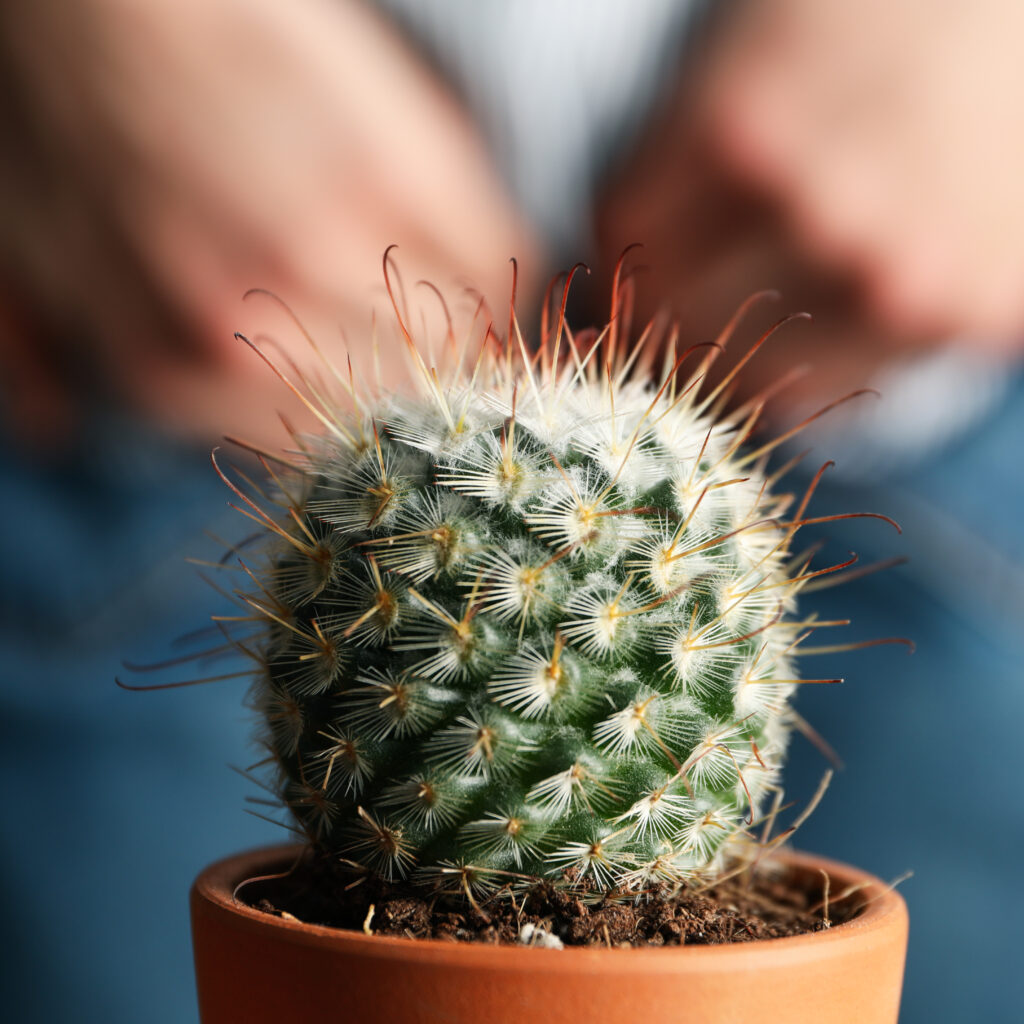Hemorrhoidal Disease
Hemorrhoidal Disease disease can be serious, annoying and recurrent
> 45 years old
is the most common age
for symptoms apparition1
86%
of Taiwanese will experience
hemorrhoids in their lifetime2
56%
up to 56% will experience recurrence3
What causes hemorrhoids ?

Hemorrhoids are clusters of swollen veins in your anus and lower rectum, similar to varicose veins.4
They are a result of increased pressure on the blood vessels in your anal canal and can develop inside the rectum (internal hemorrhoids) or under the skin around the anus (external hemorrhoids), often leading to anal discomfort, bleeding, itching or pain.4
What do hemorrhoids look like ?
External Hemorrhoids
External Hemorrhoids are what most people think of when they picture hemorrhoids. Location is the only difference between the two different types of piles, but the difference in discomfort can be considerable. External hemorrhoids form on the outside of the anus, directly on the opening where there are lots of nerve endings, so can be particularly itchy and painful.
Internal Hemorrhoids
Internal Hemorrhoids are formed deep inside the anus and are not usually visible. They can resolve without treatment, but occasionally they will swell and protrude from the anus. Prolapsed hemorrhoids are internal hemorrhoids that have grown to the point that they protrude from the anus.
Symptoms of Hemorrhoidal Disease
The symptoms of hemorrhoids are many and varied. Typically, hemorrhoidal swelling leads to anal discomfort and itchiness and you might feel a bulge in your bottom, experience anal discharge, redness and inflammation, or see blood when using the toilet.4,5 If you experience this or any of the illustrated symptoms for the first time (or if your symptoms extend beyond a couple of days), you should consult a doctor to rule out other conditions instead of self-treating right away.
- Incomplete evacuation
- Bleeding
- Anal itching
- Pain or discomfort
Treat Your Symptoms Early
Hemorrhoidal symptoms can start off quite mildly and often resolve on their own, but this isn’t always the case. Understand the benefits of taking action to treat and prevent hemorrhoid symptoms.4
Grade 1
- Bleeding
- Visible on proctoscopy
- Protusion on straining
- No prolapse.
There may be bleeding, discomfort and itching, and protrusion on straining, but no evidence of prolapse. It is nonetheless essential that you treat from this first stage to avoid worsening symptoms.
Grade 2
- Bleeding
- Protusion on straining
- Prolapse visible at anal margin during straining
- Spontaneous return when straining ends
Without treatment, your condition may worsen, leading to pain when using the toilet, bleeding and hemorrhoids that tend to prolapse when straining, but reduce when straining ceases.
Grade 3
- Bleeding
- Protusion on straining
- Visible on proctoscopy
- Prolapse requiring manual reduction
When hemorrhoids progress to Grade 3, bleeding is more frequent and your piles will prolapse on straining and need to be pushed back in. You can do this yourself. If there is a thrombosis (blood clot inside the vein) as well, the pain may be very strong.
Grade 4
- Bleeding
- Discharge
- Permanent and irreductible prolapse
Is the most serious stage. You will have permanent piles that you can’t push back in yourself without pain in addition to previous signs and symptoms. Surgery in addition to venoactive treatments becomes essential.
The main symptoms of Hemorrhoidal Disease that can occur at all grades of the disease are bleeding, pain, itching and discomfort.
Risk factors of Hemorrhoidal Disease?
- Low dietary fiber diet, spicy diet, alcohol intake
- Obesity
- Age
- Pregnancy
- Sedentary lifestyle
- Chronic straining during defecation
- Prolonged sitting on the toilet
- Constipation and diarrhea
Hemorrhoidal Disease affects people from all walks of life at various stages in their lives. Main risk factors for hemorrhoidal disease include chronic constipation, obesity, increasing age or pregnancy. But there are many reasons you might find yourself looking for solutions to hemorrhoids, some of which you can take steps to change.6
Get rid of hemorrhoids
A 3-tips guide
Consult your doctor
Ask your doctor questions to recognize typical Hemorrhoids symptoms
Practice these advised lifestyle modifications
- Increase fiber intake
- Increase oral fluids / water
- Practice a physical activity
- Practice good anal hygiene
- Avoid the consumption of fat
- Avoid straining or reading on the toilet
- Avoid heavy weight lifting
Overall lifestyle modifications can help prevent the excess pressure that causes hemorrhoids. Try incorporating some of the following advice into your daily routine to help protect against piles and their recurrence
Speak about your disease and find your optimal treatment
- Hygiene rules
- Topicals / Suppositories
- Venoactive drugs
- Office based procedures
- Surgical procedures
Important : Only a doctor can advise you regarding your diagnosis and treatment.
References
- https://jtp.taiwan-pharma.org.tw/157/025-031.html
- https://heho.com.tw/archives/165787
- https://www.ncbi.nlm.nih.gov/pmc/articles/PMC9859842/
- Lohsiriwat V. Hemorrhoids: from basic pathophysiology to clinical management. World Journal of Gastroenterology 2012;18(17):2009-2017
- Journal of Gastroenterology 2012. May 7;18 (17): 2009-2017. Chronic venous and HemORrhoidal diseases evalUation and Scientific research; Godeberge P.J Gastroenerol Hepatol. 2020;35:557-87
- De Marco S, Tiso D. Lifestyle and Risk Factors in Hemorrhoidal Disease. Front Surg. 2021 Aug 18;8:729166. doi: 10.3389/fsurg.2021.729166. PMID: 34485376; PMCID: PMC8416428.